Dyslexia Awareness Week 2024 takes place from Monday 7-13 October and this year the British Dyslexia Association has chosen the theme What's Your Story - Every story is different. A strong opening sets the scene. It’s never too late to change your story.
Dyslexia comes with many challenges, but many people with dyslexia feel like their struggles are unseen. Because dyslexia itself isn’t visible, individuals with dyslexia often feel unsupported, unwanted, invisible. From the child at school struggling to keep up with the rest of their friends, to the office worker feeling like they don’t belong.
According to research, 10% percentage of the population carry the genetic background which makes them predisposed to Specific Learning Difficulties.
Typically we see about 4% with very serious issues and another 6% with mild to moderate difficulties.
So that’s about 4-5 in a classroom of 30 or similar workspace.
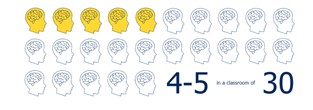
To begin to understand how to support people with dyslexia, we must first understand what dyslexia is.
What is Dyslexia?
Dyslexia is a neurological difference and can have a significant impact during education, in the workplace and in everyday life.
As each person is unique, so is everyone's experience of dyslexia. It can range from mild to severe, and it can co-occur with other learning differences. It usually runs in families and is a life-long condition.
It is important to remember that there are positives to thinking differently. Many dyslexic people show strengths in areas such as reasoning and in visual and creative fields.
Whilst there are varying definitions, the most widely utilised and accepted definition of Dyslexia comes from The Rose Report (2009) ‘Identifying and Teaching Children and Young People with Dyslexia and Literacy Difficulties.’
Dyslexia is a learning difficulty that primarily affects the skills involved in accurate and fluent word reading and spelling.
Characteristic features of dyslexia are difficulties in phonological awareness (the ability to know the sound structure of words), verbal memory and verbal processing speed.
Dyslexia occurs across the range of intellectual abilities.
A good indication of the severity and persistence of dyslexic difficulties can be gained by examining how the individual responds or has responded to well founded intervention.
Co-occurring difficulties may be seen in aspects of language, motor co-ordination, mental calculation, concentration and personal organisation, but these are not, by themselves, markers of dyslexia.
The British Dyslexia Association acknowledges the visual and auditory processing difficulties that some individuals with dyslexia can experience, and points out that dyslexic readers can show a combination of abilities and difficulties that affect the learning process. Some also have strengths in other areas, such as design, problem solving, creative skills, interactive skills and oral skills. 40% of self-made millionaires in the UK are dyslexic.
The term dyslexia literally means 'difficulty with words'. In reality, it covers a whole spectrum of problems, not just with reading, writing and spelling, but also with comprehension, memory and organisational skills. With some 10% of people in the UK with dyslexia, here at LoveReading4Kids we know how important it is to provide some guidance on dyslexia-friendly books for children and teenagers, with advice from Barrington Stoke, the leading publisher of dyslexia-friendly books.
Dyslexic individuals find reading a challenge and they need alternative teaching methods and materials if they are to crack the code. It may take longer than their classmates but most of them get there in the end. However they are often not ready to tackle the longer, more demanding books their contemporaries are reading and there is a real danger that some children may be put off reading for life.
The importance of selecting the right books for dyslexic readers
Fortunately specialist Barrington Stoke and some mainstream publishers such as Bloomsbury, have recognised the importance of producing books with inspiring content, real characters and a gripping plots but with shorter chapters and a more readable layout and design.
As many dyslexic children find that normal black text printed on white paper can hurt sensitive eyes, these specialist books are published in an off-white, cream paper that is more soothing to read. In addition the text is carefully spaced with a clear, open font and with a generous use of illustration. Short chapters which give natural 'rest' breaks are also important in giving young readers, parents and carers the confidence to open a book.
You can find a huge range of chapter books in our Super-readable Dyslexia-friendly Books section, and all are particularly suitable for struggling, reluctant or dyslexic readers. For ease they are split into age ranges; 5+, 7+, 9+ 11+ and Teen. In addition to an expert review, most have an extract available to download so you can decide whether it is the book for you.
Hi-Lo Books are perfect for engaging readers with dyslexia, with pacy storylines, featuring diverse and relatable characters. The books in our collection build confidence with short, high-interest, low-ability texts that are specifically designed to be accessible.
For children just starting on their reading journey the Little Gems are a great next step; quality stories perfect for children aged 5-8 with a reading age of 6+ but also well suited to children aged 7-10, reading below this level, and to dyslexic or reluctant readers. Published in a gorgeous chunky format, with high-spec production including coloured endpapers and jacketed flaps, each book has high quality cream paper, the special Barrington Stoke font and illustrations on every page.
For more help and information on Dyslexia
British Dyslexia Association: www.bdadyslexia.org.uk
The British Dyslexia Association (BDA) is the voice of dyslexic people and lobbies to influence government and other institutions to promote a dyslexia friendly society that enables dyslexic people of all ages to reach their full potential.
If your child is, or may be, dyslexic then the BDA has information, resources and training available to help you to ensure that your child is able to reach their full potential.
You can also find information in the BDA's Parent and Carer Information Pack on how to support your child at home, working with your school to secure a diagnosis and support, and what support the law entitles a young person with dyslexia to and how to access it.
And here are some useful resources
Dyslexia checklists: www.bdadyslexia.org.uk/dyslexia/how-is-dyslexia-diagnosed/dyslexia-checklists
Dyslexia: www.bdadyslexia.org.uk/dyslexia



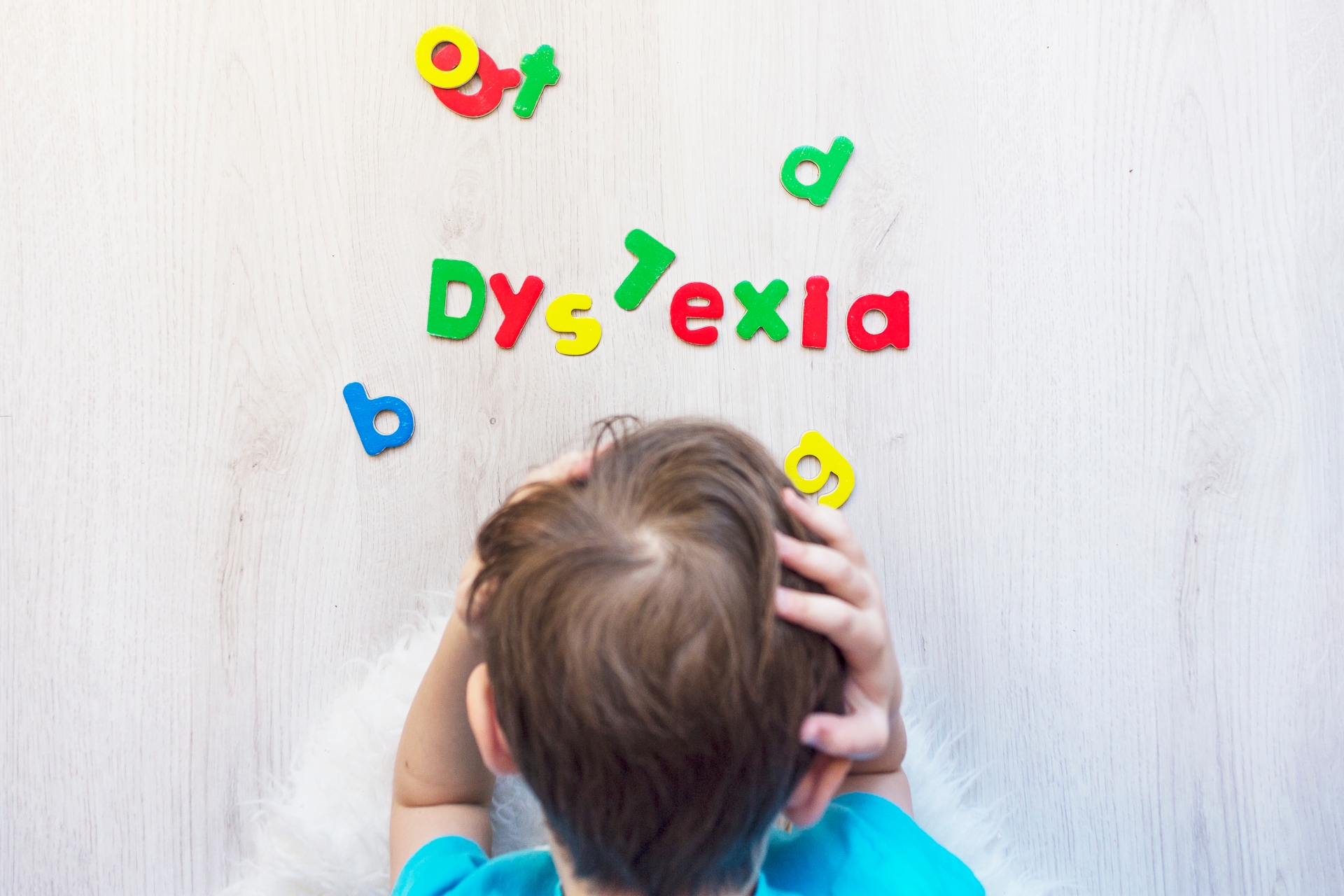
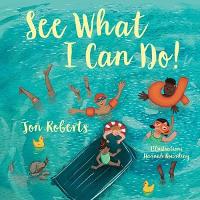
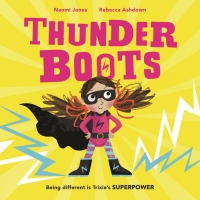
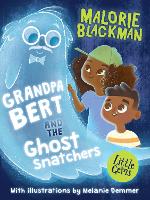
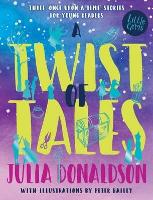
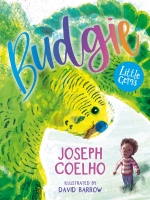

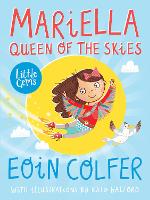
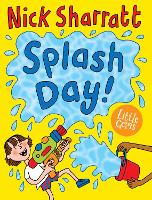
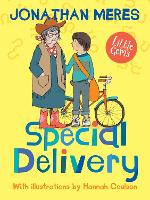
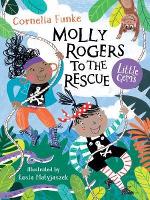

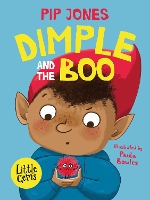
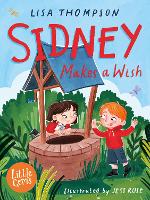
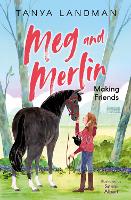
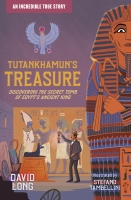
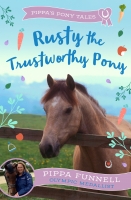
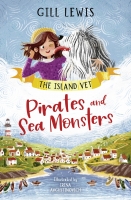

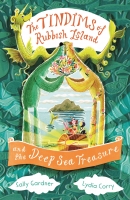
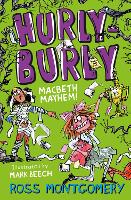
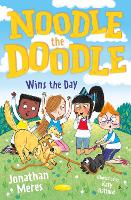
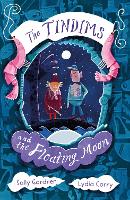
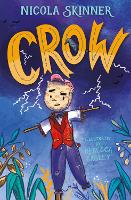
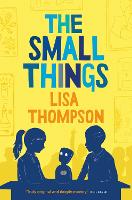

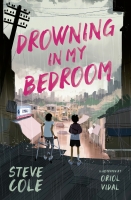
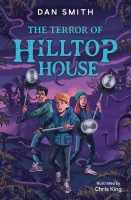
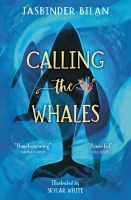


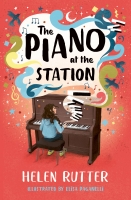
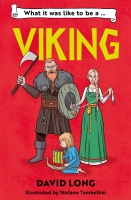
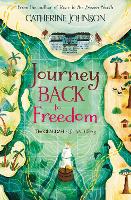
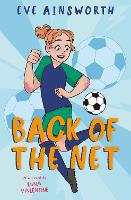

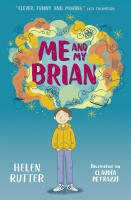
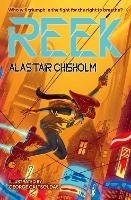
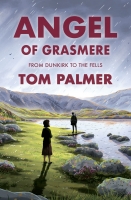
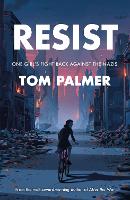
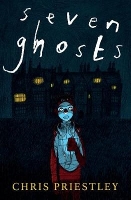
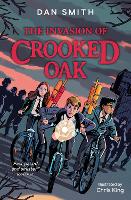
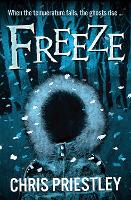
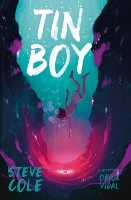
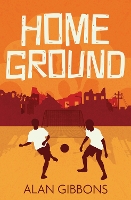

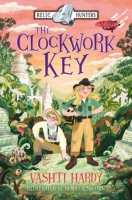
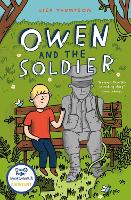
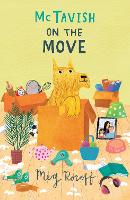
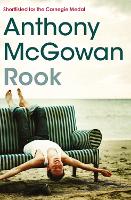
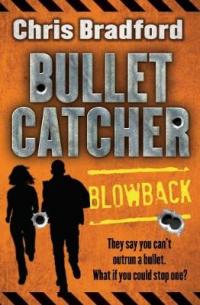

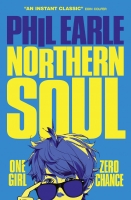

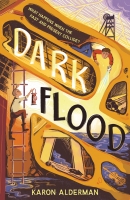

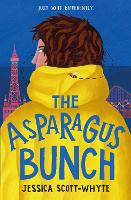
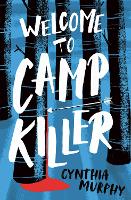
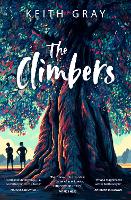

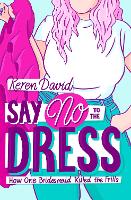
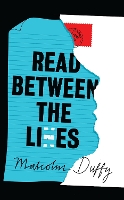

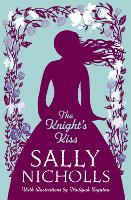
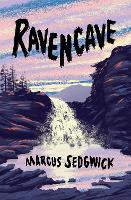
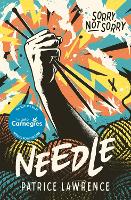
-131x200.jpg)
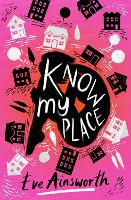
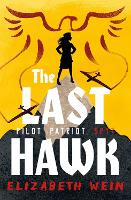
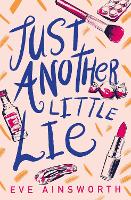
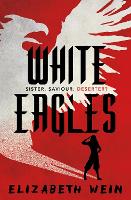

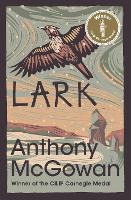

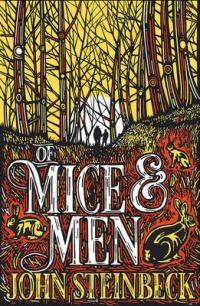

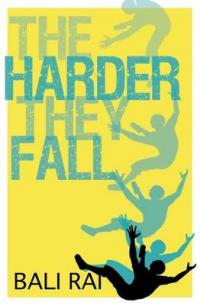
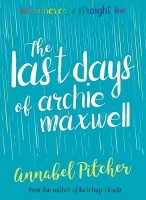



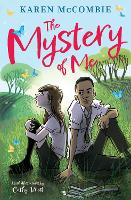
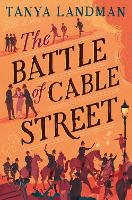
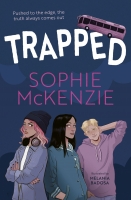
Comments (0)
Leave A Reply
You must be logged in to post a comment.